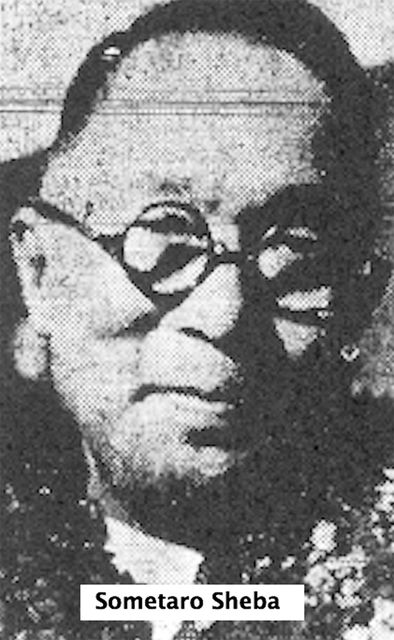The first edition of The Garden Island newspaper was printed in January 1902 at Kapaia, Kauai, by Japanese immigrant Sometaro Sheba (1870-1946) — the paper’s founder and its first publisher and editor — in two language editions, English and Japanese.
The first edition of The Garden Island newspaper was printed in January 1902 at Kapaia, Kauai, by Japanese immigrant Sometaro Sheba (1870-1946) — the paper’s founder and its first publisher and editor — in two language editions, English and Japanese.
Here are highlights of that first edition of The Garden Island newspaper as published in The Pacific Commercial Advertiser on February 20, 1902:
“It is claimed that a road grader with two men and eight mules in a day can do the same work as fifty men with pick and shovel. It might be a great saving to the road board if they looked this up, especially when labor is so scarce.
“The polo fever has reached Kauai. Both Waimea and Kawaihau have teams practicing regularly, and we may look for a spirited contest between these two rival districts in the near future.
“Scarcity of fish now seems to be a thing of the past on Kauai. Between Waimea and Hanalei there is estimated to be from thirty to forty or even more fishing boats. The Japanese have slowly but surely learned from the natives the habits of the different kinds of fish. With their determined and industrious ways they are able to make a good living by fishing.
“The amount of soda water manufactured and consumed on the Garden Isle is surprising. There are soda works in Lihue, Koloa, Eleele and Waimea. In a short time two more factories will be started, one in Kapaa and one in Hanalei.
“A lot of petty thefts are going on now on this island. It is rumored that someone has broken into Koloa store and got away with some jewelry, etc. Two Japanese were robbed of their saddles and bridles near Kapaia a few nights ago.
“The large, spacious warehouse of the Lihue Plantation store is now completed. Mr. Lucas, the manager, says he will soon be able to fill any big orders in the lines of groceries, feed stuffs, and building materials.”



